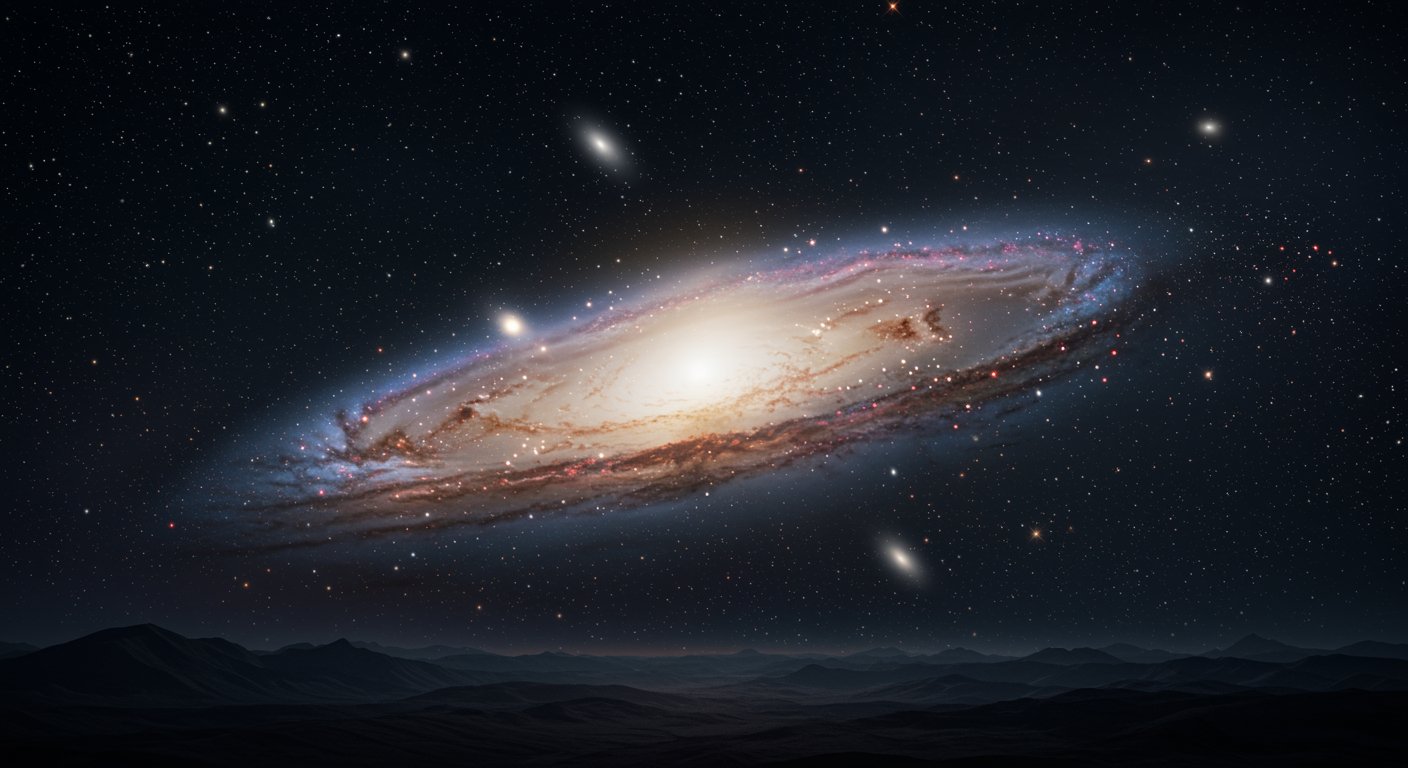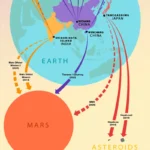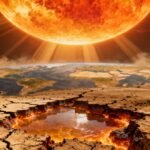We stand on a small blue planet and look up at a vast, expanding cosmos. For centuries people asked whether the universe will expand forever or one day reverse and collapse back in on itself. Modern cosmology gives us several possible endings — some dramatic, some quiet — and the answer depends on mysterious things like dark energy and the universe’s geometry. So: will the universe collapse? Short answer: probably not, but the full story is fascinating — and worth exploring.
How scientists think about the universe’s fate
Cosmologists use Einstein’s equations and observations (galaxies, supernovae, the cosmic microwave background) to predict the universe’s expansion. Two simple ingredients decide the fate:
- How much mass/energy is there? More mass pulls harder by gravity.
- How does the expansion behave? Is it slowing, constant, or accelerating?
Depending on these, the universe could:
- Reverse and collapse (the Big Crunch),
- Keep expanding forever (leading to heat death),
- Rip apart in an accelerating expansion (the Big Rip),
- Or even undergo cyclic bounces in some speculative models.
The Big Crunch: a cosmic reverse
The Big Crunch is the classic collapse idea: if the universe had enough mass/energy and gravity overcame expansion, expansion would slow, stop, and reverse — everything would fall back together, potentially ending in a hot, dense state. This idea was plausible when we didn’t know much about dark energy. Today it remains a theoretical possibility, but observations make it unlikely under the simplest models.
Why most scientists don’t expect a collapse today
In 1998 astronomers discovered that the expansion of the universe is accelerating. That means some form of dark energy (an unknown repulsive effect) is driving galaxies apart faster with time. If dark energy is a constant (the cosmological constant), the expansion will continue forever and the universe will approach a cold, dilute state — often called heat death. Under this picture, collapse is not expected.
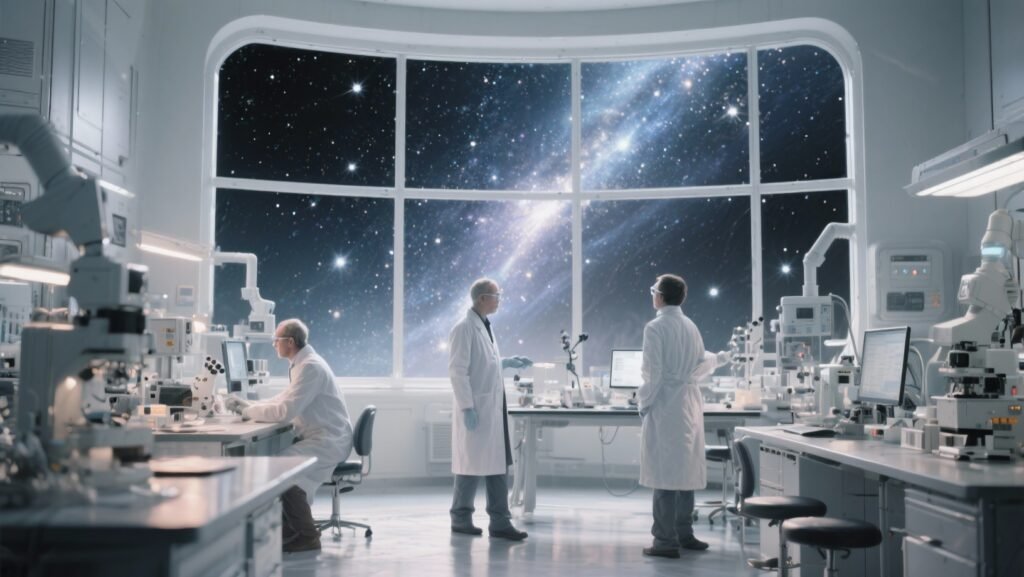
Other endings — Big Rip and Heat Death
- Heat death: Over unimaginably long timescales, stars burn out, matter decays or clumps get isolated, and the universe approaches maximum entropy. Life and structure fade; nothing dramatic explodes — it simply gets cold and empty.
- Big Rip: If dark energy grows stronger with time (a scenario where its equation-of-state parameter w < −1), its repulsive effect can eventually tear apart galaxies, then solar systems, then atoms. This is a more violent, speculative end that depends on the true nature of dark energy.
Curious possibilities and limits of our knowledge
Cosmology keeps surprising us. Some speculative alternatives include:
- Big Bounce models: where a previous contraction produced today’s expansion (a cyclic universe).
- Changing dark energy: if dark energy evolves, the fate could be different from simple eternal expansion.
- Quantum gravity effects: at extreme densities or times, unknown physics (quantum gravity) could alter the whole picture.
Observations are the referee
Astronomers keep measuring things that matter: the expansion rate (Hubble constant), the distribution of galaxies, and the cosmic microwave background. These measurements narrow the allowed futures. Current evidence points to a flat geometry and continuing accelerated expansion, which favors no global collapse — but science remains open: better data or new physics could change the verdict.
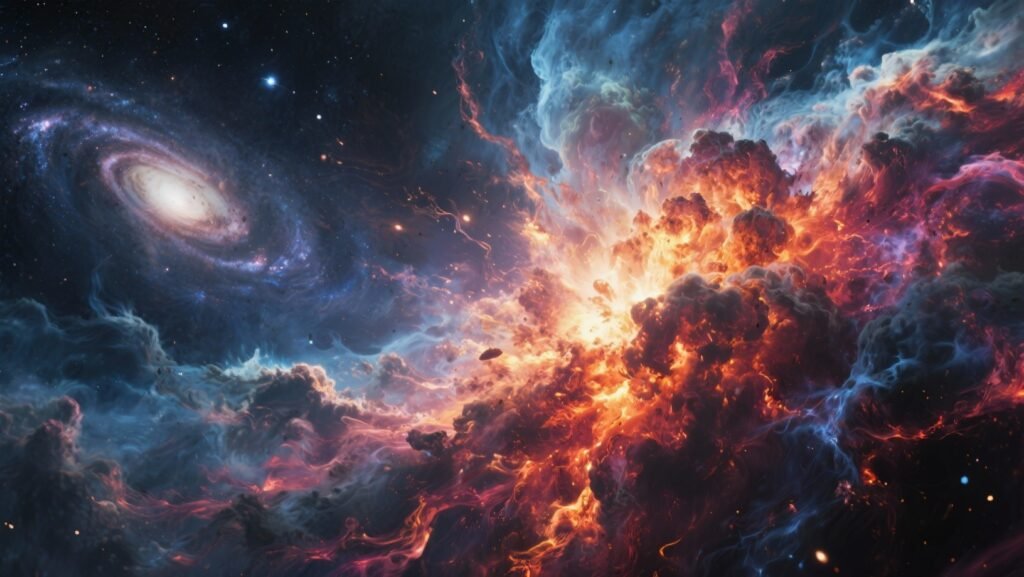
Conclusion — what to believe right now
So will the universe collapse? With present knowledge: very unlikely under the simplest and most supported models. The better-supported outcome today is continued expansion, likely ending in heat death (or, in more exotic scenarios, a Big Rip). But because the question ties into dark energy and deep physics we don’t yet understand, the ultimate answer is still one of the greatest open questions in cosmology. That uncertainty is also what makes the subject thrilling.

